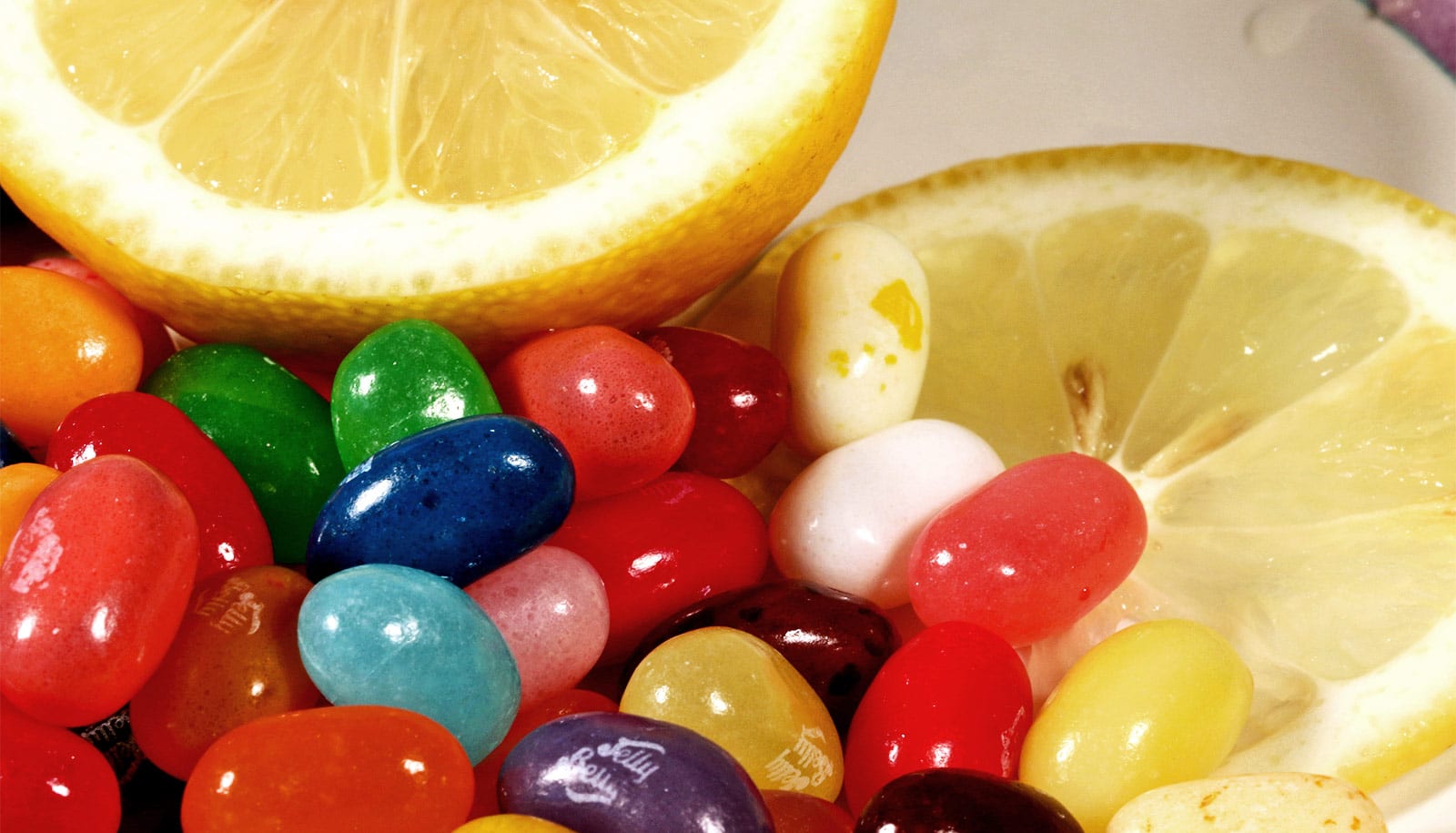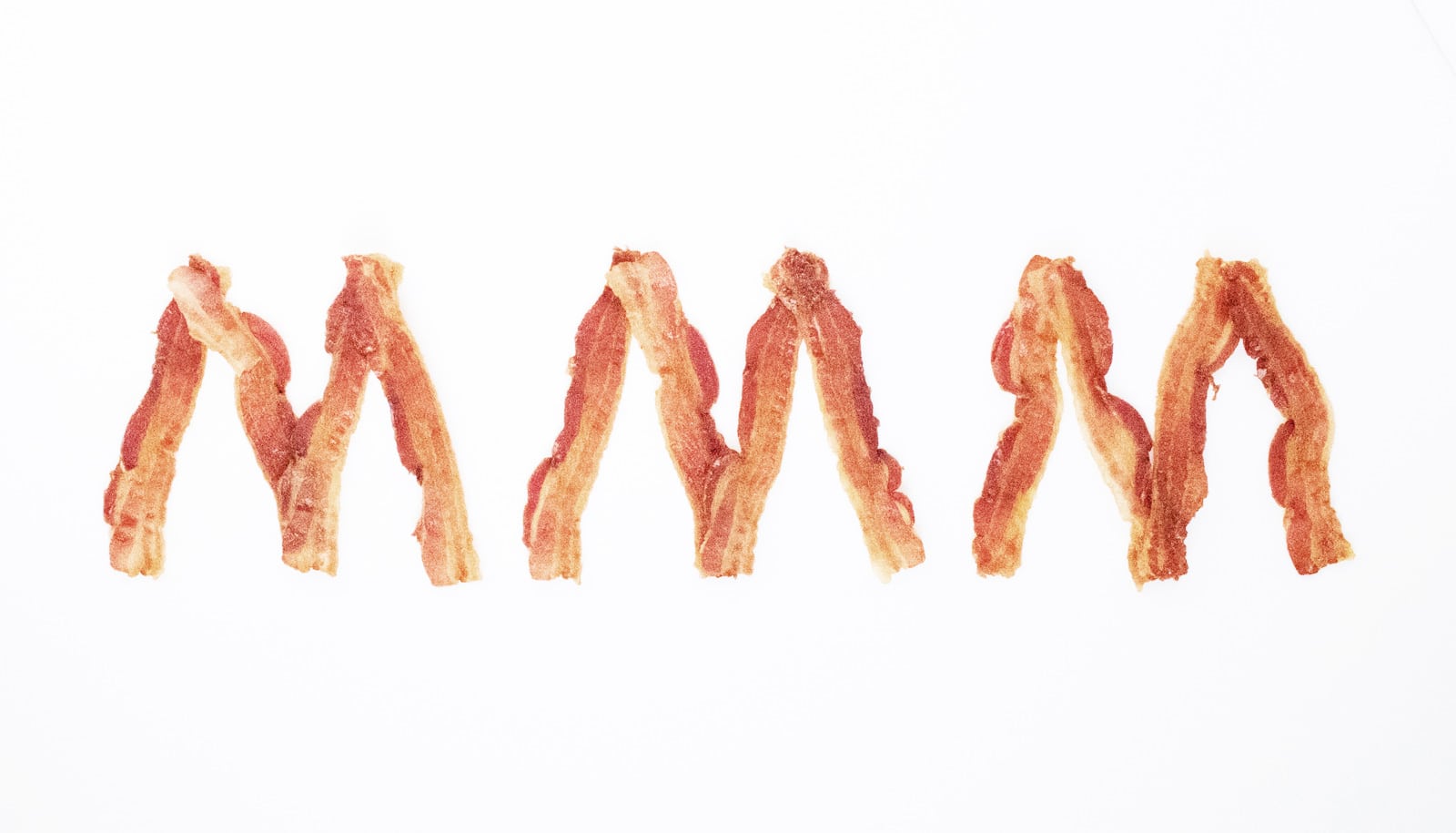Researchers have discovered multitasking cells in mice that can detect bitter, sweet, umami, and sour stimuli.
The findings challenge conventional notions of how taste works. In the past, researchers thought these cells were highly selective, capable of discerning only one or two types of the five basic stimuli (only sweet, for instance, or only salty and sour).
Though many cells are indeed specialists, the discovery of a subset that can respond to up to four different tastes suggests that taste science is more complex than previously thought.
The researchers performed their study with mice, which have a very similar taste system to humans, says Kathryn Medler, associate professor of biological sciences at the University at Buffalo.
“This changes the way we’ve been thinking about how taste cells function and how taste information is collected in a taste bud and sent back to the brain,” says Medler.
“Our data fills in a lot of holes. Other research has suggested that taste cells can be broadly responsive, but we were able to isolate individual taste cells and describe how they work. I cannot definitively state that humans have these broadly responsively taste cells, but based on the high degree of similarity between the mouse and human taste systems, I predict that these cells are very likely present in humans.”
“It is currently believed that taste cells are very specific about what stimuli they detect. The surprising thing with this new cell population is that individual cells can detect bitter, sweet, umami, as well as sour stimuli,” says Debarghya Dutta Banik, a postdoctoral fellow in anatomy, cell biology, and physiology in the Indiana University School of Medicine and first author of the paper in PLOS Genetics.
“It was surprising to know that individual taste cells can respond to so many taste qualities,” says Dutta Banik, who did the research while pursuing his doctorate at the University at Buffalo.
Taste cells are critical to survival: They help us decide whether a food is a good source of nutrients or a potential poison.
Beyond identifying the multitasking cells, the new study describes some of their traits. Scientists showed that they can detect sour stimuli using one signaling pathway, and sweet, bitter, and umami stimuli using a different pathway.
Experiments also showed that when broadly responsive cells are silenced, mice have trouble tasting sweet, bitter, and umami stimuli. This was the case even when the more selective cells—those that specialize in detecting individual stimuli—remained active, says coauthor Ann-Marie Torregrossa, assistant professor of psychology and associate director of the Center for Ingestive Behavior Research.
“We did a series of taste tests,” says Torregrossa, who led the behavioral aspects of the study. “When the animals were missing the function of either the broadly responsive cells or of the traditional taste cells, they responded to sweet, bitter, and umami solutions as if they were water. This is very exciting because it suggests they needed both cells to taste the solution normally. When we did the same taste tests with animals that had both cells, they—as you would expect—licked the sweet solution avidly and avoided the bitter.”
“This shows that both of these cell populations are important for sending the taste information to the brain,” Dutta Banik says.
The findings highlight how much scientists still have to learn about taste, including how taste buds work and send information to the brain.
“Compared to other sensory systems, we know surprisingly little about how taste is coded and processed,” Torregrossa says. “This study identifies a new population of cells that are contributing to normal taste function, which could be a large piece in the puzzle.”
The National Science Foundation funded the work.
Source: University at Buffalo



